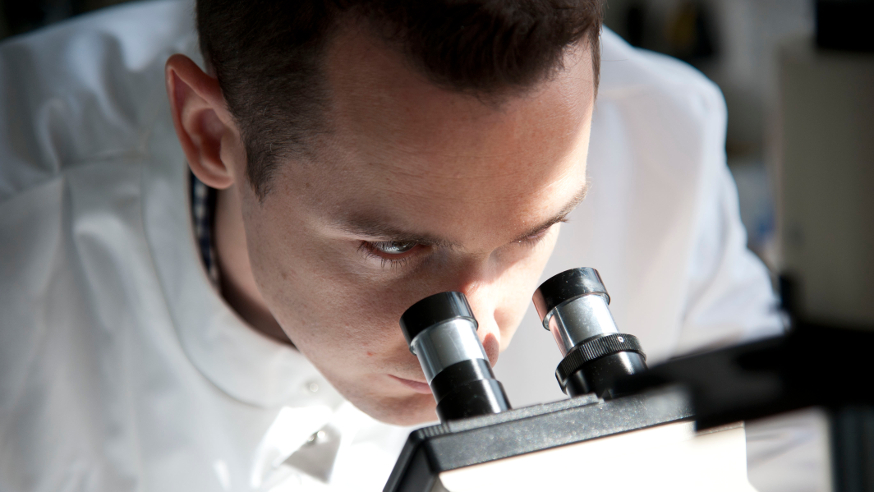
Creating cancer drugs that better resemble 3D structures in cells is all about how you put the building blocks together, a new study has shown.
Scientists from The Institute of Cancer Research, London, analysed more than one million drug compounds from a chemical library database, and they found that the vast majority tended to be more flat than rounded.
But the researchers pointed out that combining simple 2D building blocks could create more complex 3D structures — and that those 3D structures might do a better job as cancer drugs.
The study, published in the journal Future Medicinal Chemistry, was funded by Cancer Research UK and the Wellcome Trust.
In drug discovery, the shape of a drug’s chemical structure is crucial to produce the desired clinical effect.
Many modern targeted cancer drugs work by binding to a specific site on a protein or gene. These sites often have unique shapes, and drugs are often designed to fit into these shapes in order to block the protein’s activity.
A million compounds analysed
Scientists from the ICR studied a database of 1,051,579 drug-like compounds produced by medicinal chemists over 30 years of research, to study how their molecular structures took up three dimensional space.
The drug compounds were categorised by how well they matched three criteria — whether they were rod-like, such as a pencil, disc-like, like a coin, or rounded, like a globe.
They found that many drug compounds take on more of a rod- or disc-like structure, with fewer showing a high degree of roundness. This, the researchers said, could hamper their ability to interact with proteins known to contribute to cancer.
When they looked at the structures which make up these drug compounds, they found that the most basic components were often the flattest.
Creating better drugs
More rounded base components did not always lead to more 3D drug compounds, and the researchers found that how the substructures were connected was more important to the final 3D shape than the structures themselves.
The findings show that more 3D-shaped drug molecules can be made from 2D substructures — potentially leading to better drugs.
Dr Nathan Brown, leader of the In Silico Medicinal Chemistry Team at the ICR, said: “While 3D molecular compounds exist in nature and have been emulated by some drugs, our research shows that most drug-like compounds produced by medicinal chemistry do not explore 3D space to a great extent.
“Although many synthetic compounds we studied were quite flat, we saw that relatively simple building blocks can be used to form both simple and complex shapes. Like putting together toy bricks, the architecture of the final molecule is more down to how you put the building blocks together than the essential ‘3D-ness’ of these structures.”